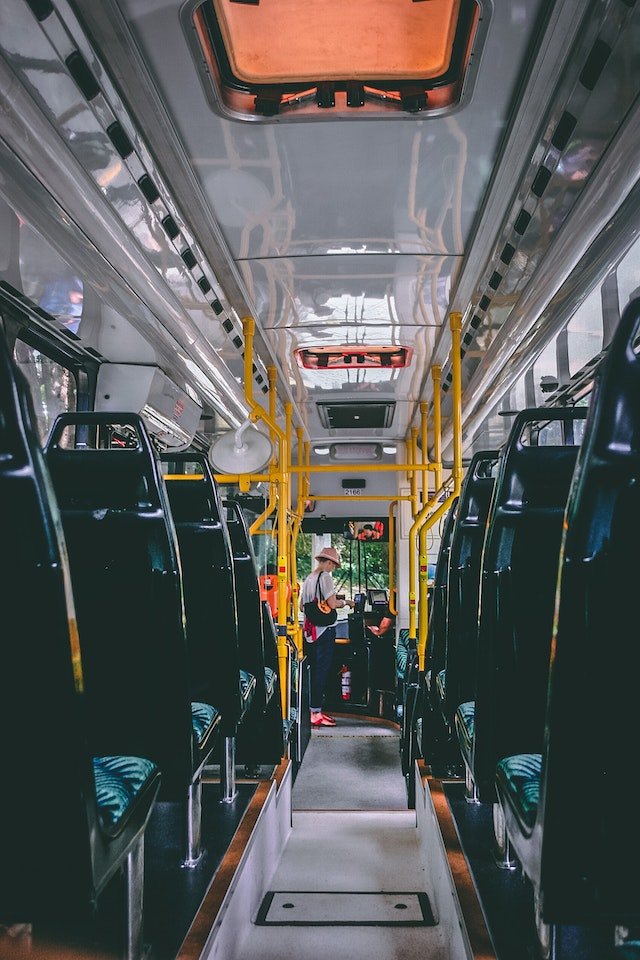Natural Light A collection of samples out on the table and above it that he had recently cut out of an illustrated magazine and housed in a nice, gilded frame. It showed a lady fitted out with a fur hat and fur boa who sat upright, raising a heavy fur muff that covered the whole of her lower arm towards the viewer. He then turned to look out the window at the dull weather.
Auto
Best Travel and Safety.
Nature, in the common sense, refers to essences unchanged by man; space, the air, the river, the l When taking a shot, shutter speed refers to how long the shutter on your camera remains open. Fast shutter rates can effectively “freeze” action in a single frame, resulting in no blur. Slow shutter rates have the reverse effect, resulting in photographs that are purposely (and aesthetically) blurred. Depending on the effect you want, shutter speeds can be as fast as 1/100th of a second or as slow as a couple of seconds.
Each of these parameters may be tweaked to get the ideal exposure or the perfect balance of light and dark in your photos. If you don’t feel comfortable modifying these settings on your own, you may always use your camera’s automatic or program settings.



Aperture refers to the size of the aperture in your camera lens that allows various quantities of light to pass through. F-stops are used to measure the aperture. The smaller the hole and the less light that enters the camera, the greater the f-stop. With a higher f-stop, more of the image will be in focus (think Ansel Adams). A lower f-stop implies less of your image will be in focus, allowing you to focus more on your product.


